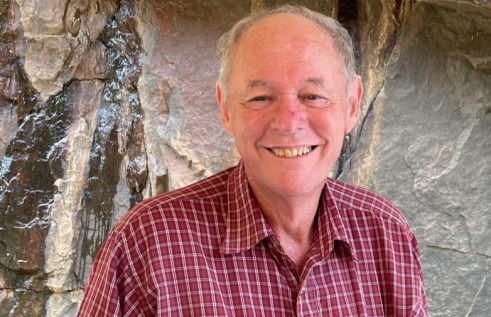RIEL seminar series
Recent increase in Northern Australian streamflow unmatched over the past 600 years
| Presenter | Phillipa Higgins | |
|---|---|---|
| Date |
|
|
| Time |
to
|
|
| Contact person | E: riel.outreach@cdu.edu.au | |
| Location | CDU Casuarina Campus Yellow 1.1.39 and online | |
| Open to | Public | |
There is a lot of interest in developing water resources in the Northern Territory. News stories abound about potential over allocations in the Roper River catchment, and cotton development in the Daly is another contentious issue. In our recent research, we used information from tree rings to reconstruct 600 years of streamflow records for the Daly River and found that high flows over the last several decades are unprecedented in the longer historical record. If we allocate water based on the recent high flows, we risk providing developments with unsustainable amounts of water in the long term, should flows return to the low levels previously experienced. Uncertainty over future trends in monsoon streamflow suggest a precautionary approach to development is warranted.
For further information see https://theconversation.com/as-industry-lines-up-to-take-water-from-a-wild-top-end-river-trees-tell-the-story-of-a-much-drier-past-177221
Paper is publicly available at https://agupubs.onlinelibrary.wiley.com/doi/full/10.1029/2021WR030881
Philippa Higgins is a current PhD student with the UNSW Water Research Centre and a recipient of one of UNSW’s Scientia PhD scholarships. Her research explores the use of remote tree ring proxies to understand past climate variability in Australia and the wider South Pacific. Philippa was previously awarded an Erasmus scholarship to undertake a joint master degree in Groundwater and Global Change at UNESCO-IHE, and graduated with Distinction in 2017. Philippa has four years’ experience working in governmental roles focussing on climate change and water resource management. She has a long-standing interest in humanitarian engineering, working on projects including the impact of the McArthur River Mine on the community at Borroloola.
Related Events

Boring beetles and super models: mapping the distribution of a new invader
The polyphagous shot-hole borer (PSHB) is a tiny beetle with a mouthful of a name, but it’s been making headlines as a new invasive species in Australia. PSHB was first detected in Perth three years ago and has since devastated trees across the city. There are concerns about what its further spread could mean for urban, agricultural and natural environments.
Read more about Boring beetles and super models: mapping the distribution of a new invader
Groundwater: Hidden wonder of the Northern Territory
The seminar ‘Groundwater: Hidden wonder of the Northern Territory’ will be presented in two parts. First, Steven will provide a basic explanation of what groundwater is and concepts of how groundwater systems operate. He will then give an NT-wide view of groundwater properties and processes.
Read more about Groundwater: Hidden wonder of the Northern Territory
Carbon and water adventures in north Australia
With climate change and increasing land use pressures there is more and more demand for knowledge of carbon dynamics and water use as well as water resource management. Lindsay’s research is focused on providing better understanding of the biophysical environment of tropical land and water systems.
Read more about Carbon and water adventures in north Australia
